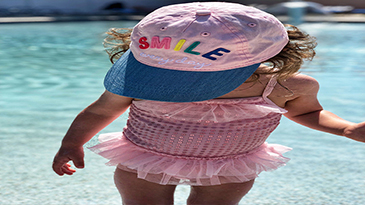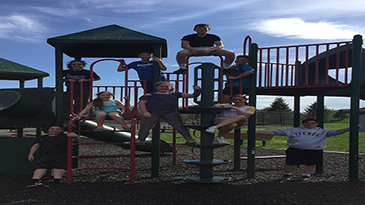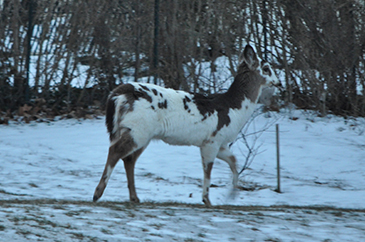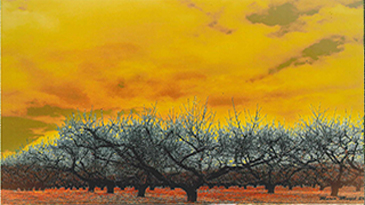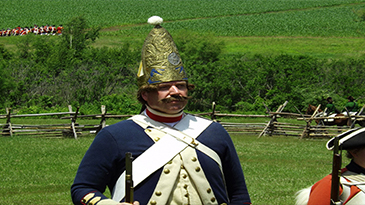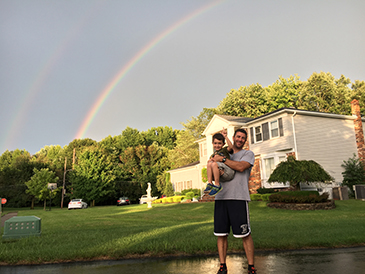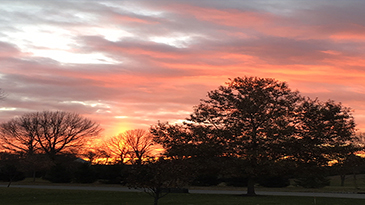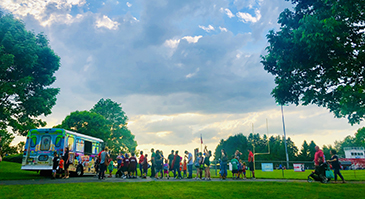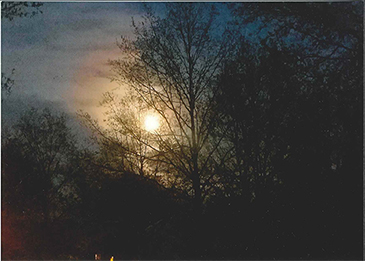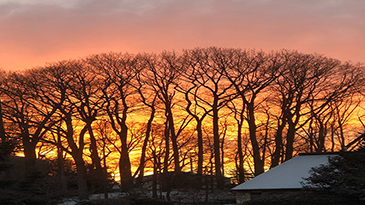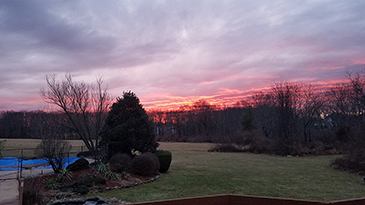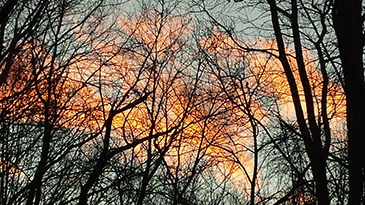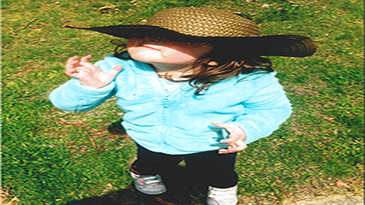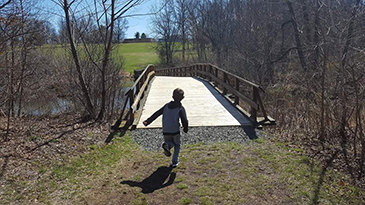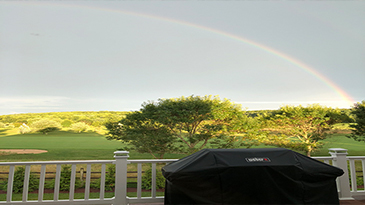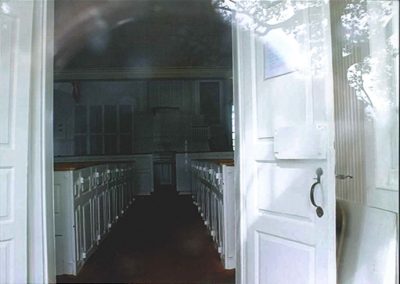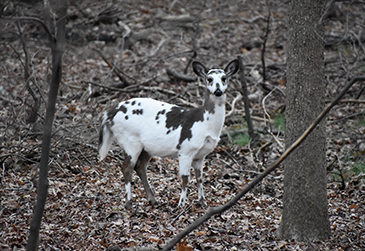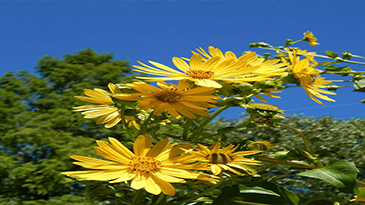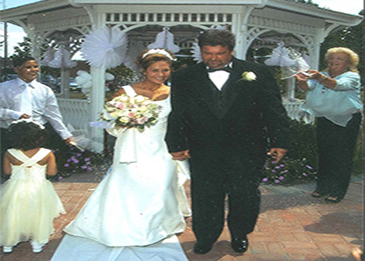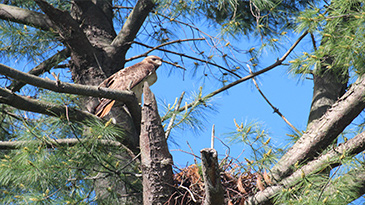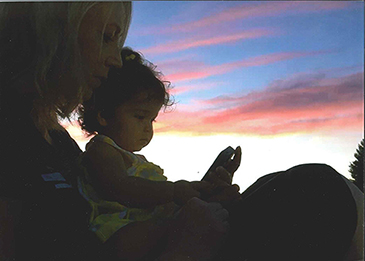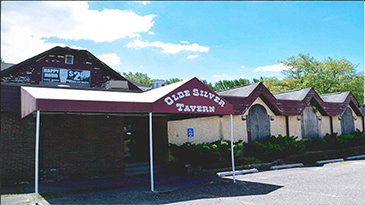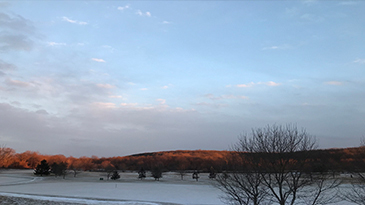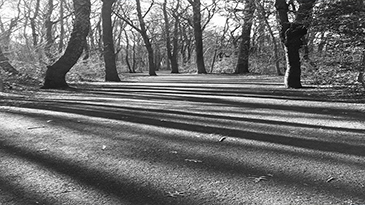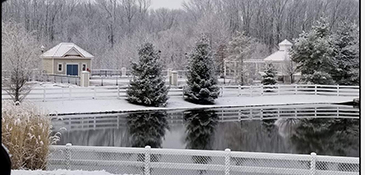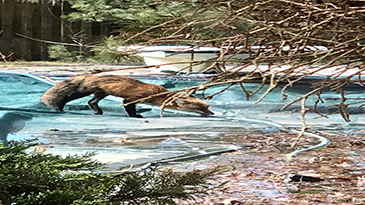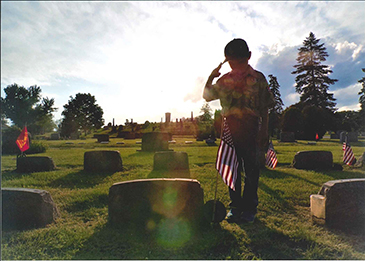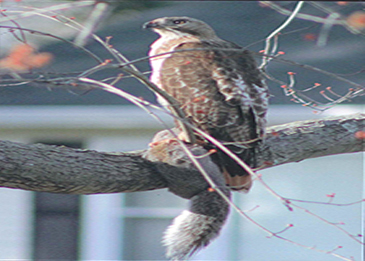Shade Tree
The Manalapan Township Shade Tree Committee consists of eleven members. Appointments to the committee are made by the Township Committee. Appointments are for a one year term, are made at the beginning of the year at the Township Reorganization meeting and the members shall serve until their respective successors are appointed.
At the first Shade Tree Committee meeting of the year, the newly appointed committee will elect a chairperson, a vice chairperson, and a recording secretary. The committee employs a Forester who is a Certified Tree Expert.
The Shade Tree Committee meets once a month, primarily on the 2nd Tuesday of the month at 7:30 p.m. in Town Hall
The Shade Tree Office is open Tuesday and Thursday, 9 AM – 2 PM
Phone (732) 446-8416
Fax: (732) 446-1336
E-mail: shadetree@twp.manalapan.nj.us
Emerald Ash Borer (EAB) Information
If you are planning on removing trees in your yard, please contact the office to obtain a tree removal permit prior to completing the removals.
When applying for a tree removal permit, fill out the top section of the permit application and submit to the shade tree office at 207 County Road 522 or shadetree@mtnj.org along with a property survey. All trees intended for removal should be identified on the survey as well as in the field (use ribbon, string, flags, paint, etc.) to prevent confusion.
Any questions, please feel free to email forester@mtnj.org
This form is for “new construction only” and used only after construction is complete and new house closing is imminent (or pending):
SHADE TREE FINAL TREE CLEARING CERTIFICATE OF OCCUPANCY
The rules and regulations concerning trees in Manalapan can be found in the Chapter 222 of the Code Book.
To view the Manalapan Township Tree Ordinance click here. Enter 222 in the Enter Search Request box, hit Enter, then click on Chapter 222: TREES AND SHRUBS.
Powers and duties
- The regulation, planting and care of shade and ornamental trees, and shrubbery now located or which may hereafter be planted in any public highway, park or parkway, including the planting, trimming and spraying, care and protection thereof.
- The regulation and control of the use of the ground surrounding the same so far as may be necessary for the proper growth, care and protection thereof.
- Moving or requiring the removal of any tree or part thereof dangerous to public safety.
- Measures and programs for the beautification of the township.
Services provided by the Shade Tree Committee
- Issuance of permits for tree removal.
- Site planning for the identification of street tree locations in new developments.
- Replacement and removal of dead street trees (if planted by the township within the previous three years).
- Review and recommendations for new site plans regarding tree preservation and landscaping.
- Assisting residents in identification of diseased trees and recommendations for the cure if any.
- Instructing resident’s in the care and maintenance of newly planted trees and shrubs.
BUYER BEWARE WHEN PURCHASING TREE CARE
Fall and winter storms often bring out the best in a community. Neighbors, even strangers, help each other cope with aggravations and property damage left in the wake of a storm. Unfortunately, storms also bring out the worst in a community – fast-buck artist looking to profit from the misfortunes of others. How can homeowners protect themselves when they need to hire a tree care company to clean up after a storm? With thousands of dollars at stake, not to mention the integrity and appearance of your property and your personal safety, make sure you investigate before deciding which company you should hire, “warns Tchukki Andersen, staff arborist with the Tree Care Industry Association. If the “professional arborist” you hired to remove a tree drops it on your house instead of your lawn, it’s too late to confirm the company is insured. “Disreputable companies are renowned for ripping gutters off, breaking fences and bird baths, and even dropping trees on houses,” says Andersen. “Then they typically fold up and leave, never to be seen again.” Disreputable companies tend to: Solicit work door-to-door; Demand payment in advance; Advertise topping: Sell jobs without producing a written estimates or work order. Start with the arborists listed in the phone book. Don’t place much emphasis on the size of the Yellow Pages ad – some of the most reputable firms rely almost entirely on word-of-mouth advertising. Look instead for what the ad tells you about the company; number of years in business, professional affiliations, licenses, Addcreditation, certification, etc. Avoid companies that advertise topping, an injurious and unacceptable practice. You should be aware that the credentials of someone calling himself or herself an arborist can very widely. Don’t just hire someone with a chainsaw who knocks on your door. Look for the company displaying the credentials of a professional.
When you meet the arborits:
- Ask to see current certificates of liability and workers’ compensation insurance, if applicable.
- Ask for local references, and check on the quality of their work and level of servie.
- Verify professional affiliations the company might have, such as membership or Accreditation with the Tree Care Industry Association
- Don’t be lured by a bargain and don’t pay in advance.
- Insist on a signed contract as to cost, dates when work is to be performed, and exactly what is to be done.
- Insist that climbing spikes are used only if the tree is to be cut down, they damage the tree.
Get a second opinion if it will add to your comfort level. Make sure that a complete diagnosis of the potential for tree failure is performed before a tree is removed.

